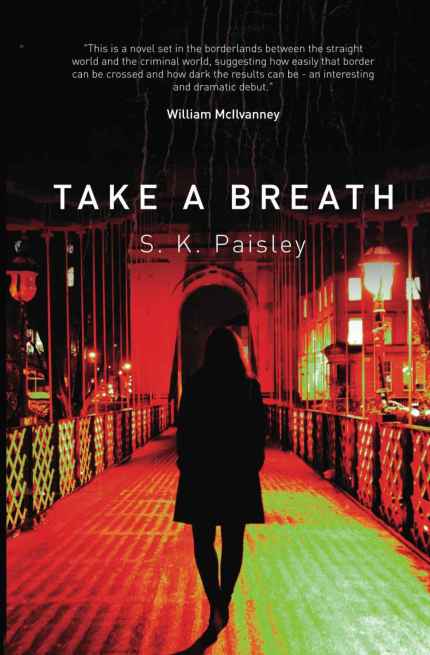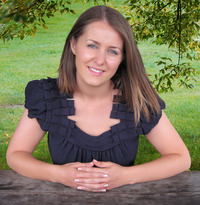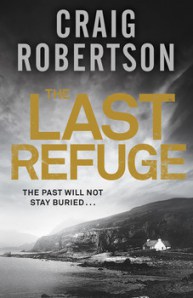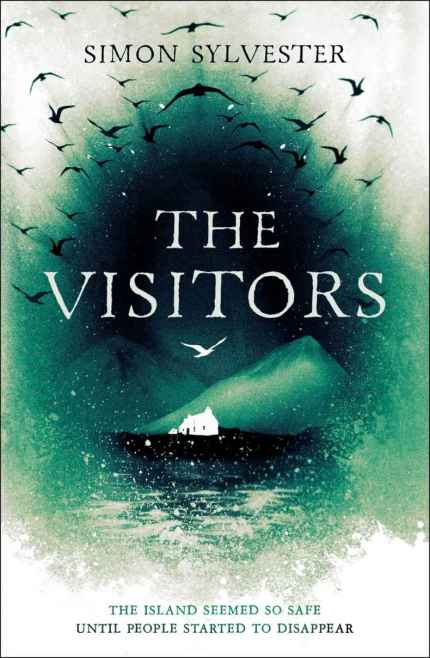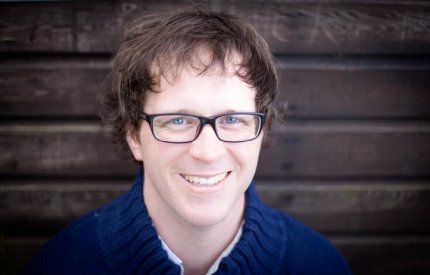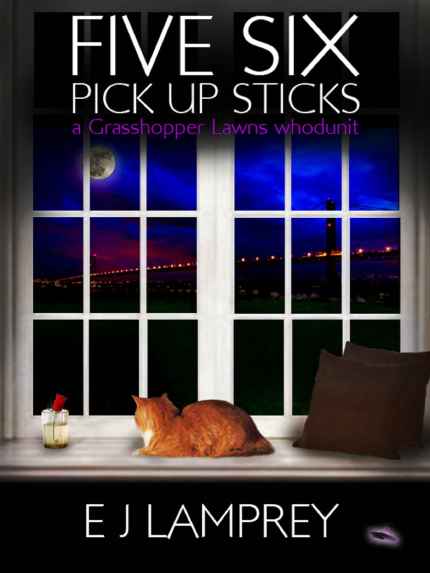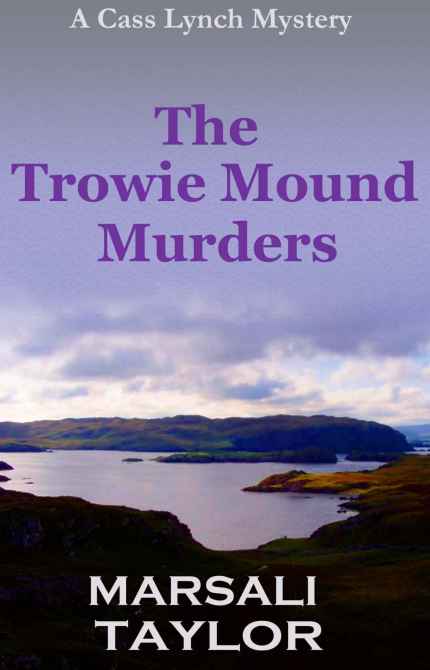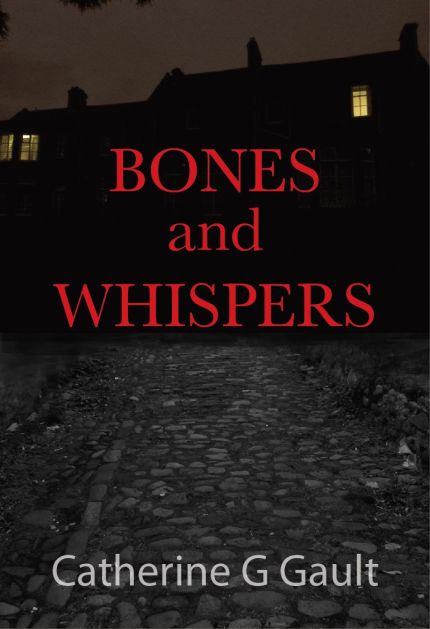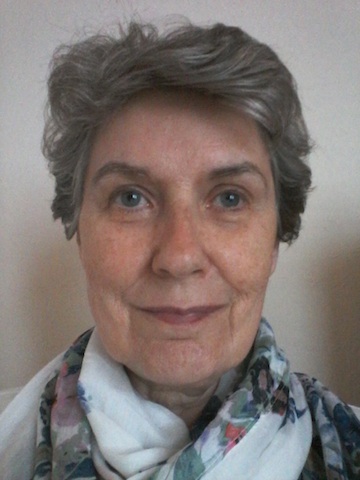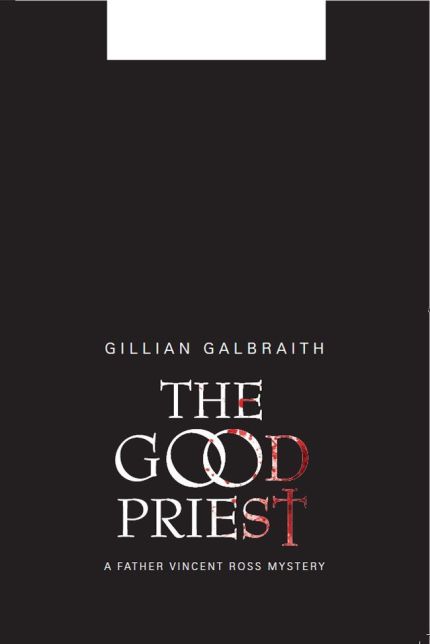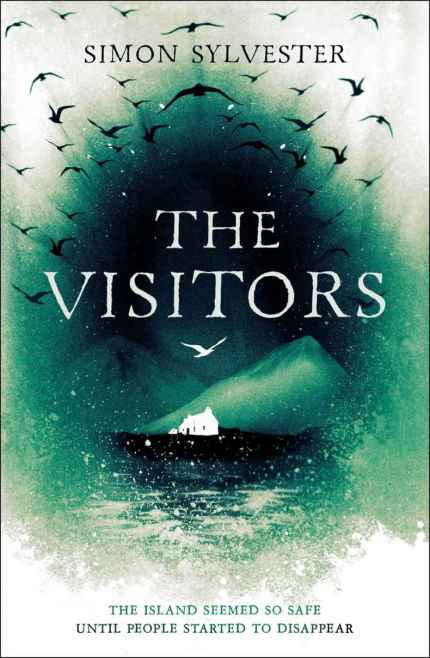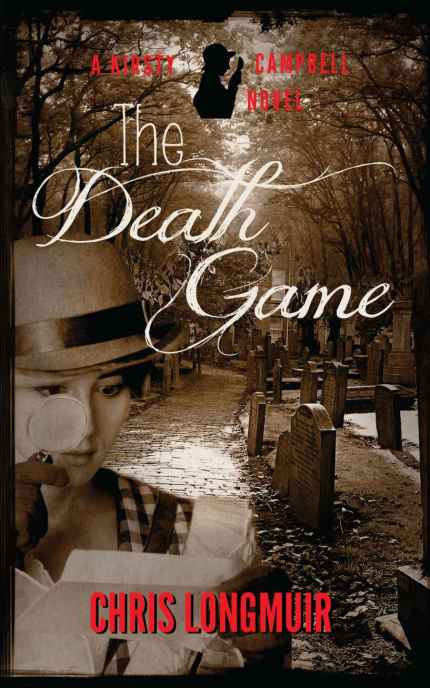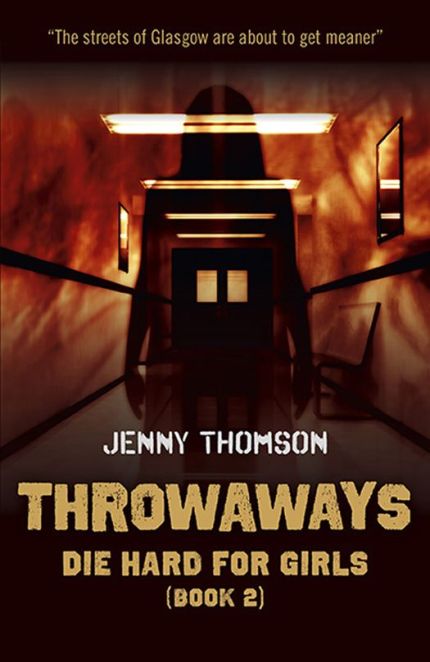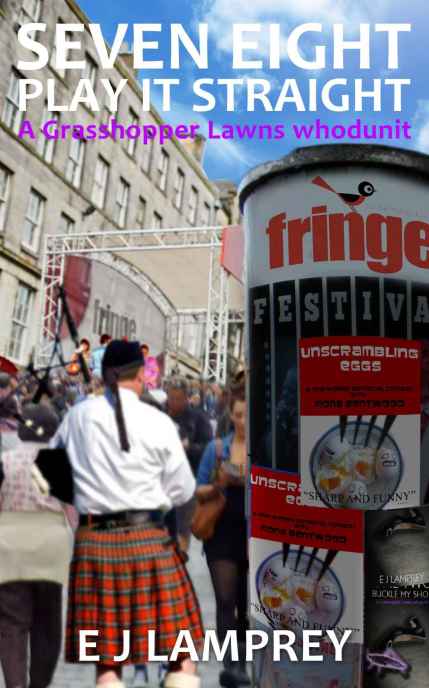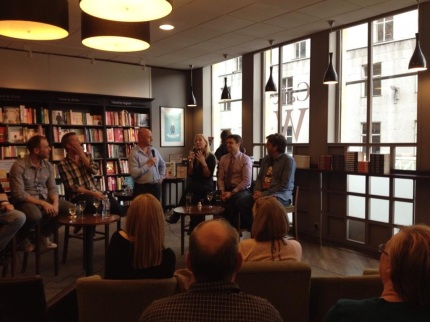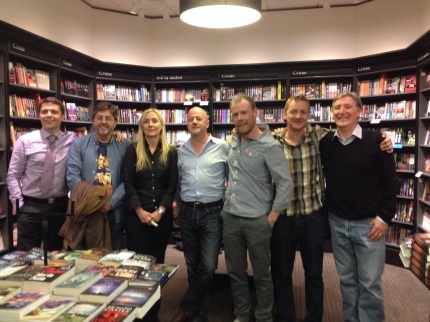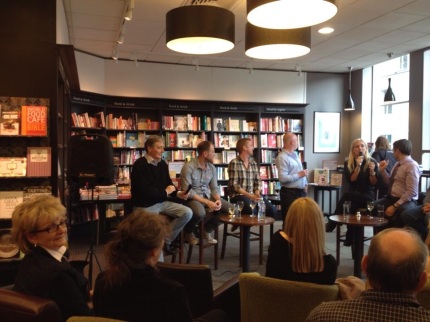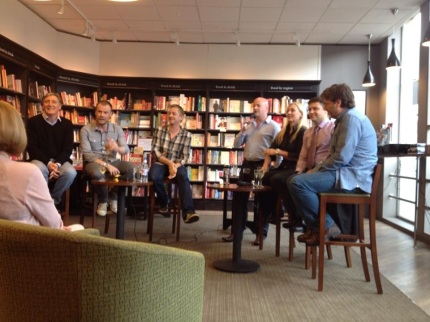A young woman vanishes into the cold Glaswegian night. Nine years later, one man is forced on a journey into his buried past to reveal the truth behind her mysterious disappearance.
Take a Breath is set in gangster-ridden Glasgow. With razor-sharp pace and authentic urban grit, it charts the relationship of Paul and Lena, mining the darker side of love, as time and again they engage in a grim, obsessive dance. From their first tumultuous meeting, following their reconnections over several years, each encounter is more intense than the last. However, Lena is not the only one entangled with Paul. He has fallen in with notorious crimelord Manny Munroe, a name synonymous with drugs, prostitution and a ruthless lust for violence.
1. How did you get started writing
The first time I read S.E. Hinton’s, “The Outsiders” I wanted to be a writer. I had seen the film and loved it so my parents bought me a copy of the book, the old Macmillan hard back with all the actors on the front. I was eleven or twelve and went on the read all her books over and over again. I used to write my own stories set in her world of Oklahoma in the 60’s about groups of friends hanging outside drug stores, having drag races, smoking cancer sticks, using all this crazy American slang. Those were my first attempts at writing, although I don’t think I ever showed them to anyone. I still have them in a box somewhere in a cupboard.
After school there were a few years when I more or less stopped writing, just the odd paragraph here and there. I was studying Law at University and there wasn’t much room for creative pursuits. Then I started a degree in English and Theatre, and as part of it, I did a short course in playwriting. The final outcome was a one act play, called Lena & Stu which later developed into Take a Breath. When I restarted, I realised how much I missed having it in my life.
2. What drew you to write a crime novel
I didn’t actually set out to write a crime novel. I started out with two characters, Paul and Lena and knew I wanted to have some kind of ill-fated love affair. The crime element came along later. As the stakes rise ever higher, Take a Breath offers a chilling look at the organized crime realm of Glasgow, where everyone is connected and no one leaves unscathed. With searing narrative, complex characters, and the seamy backdrop of Glasgow’s mean streets, this arresting work of fiction will leave you hanging on every tautly written page. many different designs until I got the perfect one that I wanted (Vanessa was very patient!). I’m really proud of the final product because I know how much work went into it. It took about three months in total and every day there was new work delivered. It was a very exciting time.
3. Which writers past or present have influenced your style of writing
I read some of S.E. Hinton’s adult stuff recently and like to flatter myself to think her influence can still be seen in mine. She has a beautiful writing style. There’s a great interview with her at the end of Some of Tim’s Stories, in which she describes how she approaches a story, starting always with the characters. I like to do this too. Some of my favourite writers are William McIlvanney, Louise Welsh, Irvine Welsh, Iain Banks, Bret Easton Ellis, but I wouldn’t necessarily say my style of writing is like theirs.
4. When you first started writing did you find it hard to get publisher interest
I decided quite early on to go down the self publishing route so I didn’t pursue any traditional publishers. I think it’s very difficult for any new writer to get a deal in today’s market, from what I’ve heard. My husband had already published books as a business venture, setting up the independent company “Celandine”, so we followed the same process for my book. We did it through Amazon Create Space and I have to say, it was one of the highlights of writing the book. I got to work with brilliant people, my amazing editor, Lucy Ridout who I found on the Society for Editors and Proofreaders website, and my wonderful proofreader, Jane Hammett. Through Elance, I found Vanessa NoHeart who did the beautiful cover and interior design. I was involved with every element of the book’s production, going through many,
It has allowed the book to get out where people can read it and we are going through the process of getting the book in to retailers in the UK. I have even been approached by an Italian publisher who wants to do a translation. Maybe other publishing deals will follow.
5. What was the inspiration when you first starting writing Take a Breath
I sat with the first 10,000 words for years before I had the courage to show it to anyone. I gave it to my husband and he was so positive about it, I started taking the idea of being a writer seriously. He was my inspiration.
I also took a lot of inspiration from my favourite books, films and TV Shows. When I saw the movie, Villain, and the relationship in between Richard Burton’s and Ian McShane’s characters, I knew what element was missing in my characters’ relationship. I also had a playlist of ten or twenty songs that I used to listen to, to get me into the right mood when I was writing. A lot of the lyrics were relevant to what I was writing that day.
6. There are many interesting characters in your Novel, do you have a particular favourite one
Paul was always the main driving force. I had a clear idea of him from the start. So he was my main character. Maybe because he was male, I found him easier to write. Writing in a different gender gives you a bit more freedom. In the early drafts Lena was really just a shadow reacting to him. It took a lot longer to develop her character. She started out as a kind of vampy, femme fatale but she didn’t end up that way. I ended up making her a lot softer, more vulnerable. The middle chapters told from her point of view were a late addition and I’m really glad they’re in there. I grew to really love her character too.
7. Why did you choose to set your novels in Glasgow
I’m from Glasgow and when I started writing the story I’d never spent any length of time outside Glasgow. It’s an environment I know well and it’s got a long tradition of gritty, urban drama. I don’t think it’s necessarily the real Glasgow but a kind of imagined one in which all the details are exaggerated and the atmospheres are heightened.
8. Take a Breath is already getting positive reviews and comparisons to some of crime fictions big names, how does that make you feel
Getting a positive review of your book is a great feeling. To know that you’ve put your work out there and it has given someone enjoyment is pretty special. Regarding comparisons to other crime fictions big names, I think that might be a bit premature. Those authors usually have multiple works and I need to get my head down and get the next one written.
9. What kind of research have you had to undertake for your Novel
I read books about true crime in Glasgow and gangster biographies. I read a lot of newspaper articles and used public resources from the internet. For the technical aspects I was able to interview a retired police officer and that was very helpful.
10. Are the characters in your books based on any real life
Not really, although there are definitely elements of people I know or have known. A lot of the stories are one’s I’ve been told and exaggerated for effect, other people’s experiences I’ve hijacked. For a while in my early twenties I had a group of friends and we sometimes hung out at one of their flats in the Anderson High Rises. I’m not really in touch with any of them anymore but if any of them do come across my book, they might recognise small parts of themselves. Also, as a kind of placeholder in the early drafts, until I could think of something more suitable for the character, I described Paul with my husband’s tattoos and some other similar physical descriptions which he found very embarrassing, so I had to change them. I think some personality characteristics stayed behind though, but he would disagree. He’s much cooler in real life than Paul.
11. Since you have started writing have any well known authors given you any advice
I am quite lucky to have had advice and encouragement from William McIlvanney, whose own writing I greatly admire. I’ve also corresponded with some well known authors who gave encouragement and some tips on publishing. Most writers are surprisingly approachable and helpful and many have given good advice via interviews and articles.
12. Do you see any of your characters personality in yourself and vice versa
I’m sure there must be. Maybe Annie is closest to me. She has a lot of rage. Lena is the opposite of me, what I would have like to have been like, tall, beautiful, street-wise, confident in her own skin. I think she’s quite loveable.
13. If you can, would you give us a sneaky peak into any future novels you have planned
I’ve started my next novel and I’m trying to get a first draft done just now. It’s about a girl who moves to live on an island in Scotland (undecided as yet), with her new boyfriend and his strange mother who is recovering from illness. She starts to find out some quite disturbing secrets about his family history. Isolated, and completely removed from her own life, her mental health begins to deteriorate.
14. There are many crime novels set in Glasgow, what do you think makes your Novel stand out from the rest
I like to think the characters and their love story; the tragic entanglement between the three main characters; Paul, Lena and Manny.
15. As an up and coming crime writer do you have words of advice you can share
If you want to write, you should do it. Have the confidence to start and don’t be afraid to think what you’re writing is good. I think if you have ambitions to write and the drive to take pen to paper, that’s 90% of it. The rest is hard work, perseverance and the energy to polish, polish and re-polish what you’ve written for as long as it takes for you to be satisfied with what you’ve got in front of you.
Amazon Author Page
